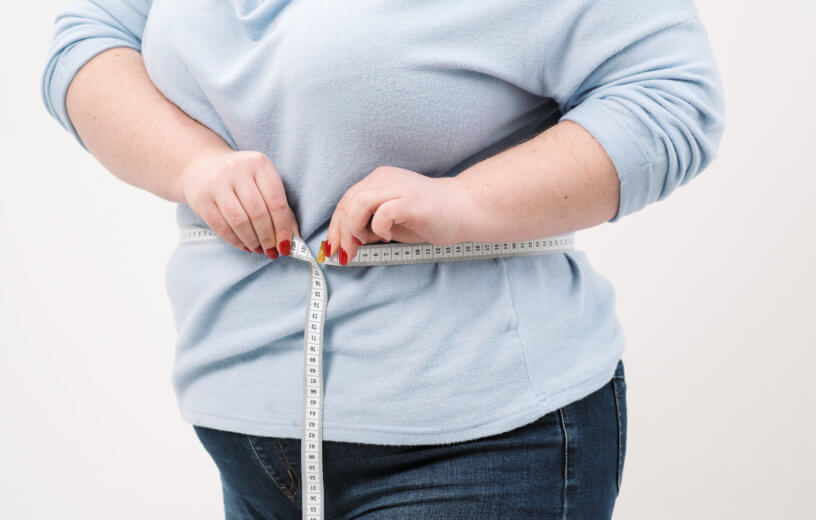CHARLOTTESVILLE, Va. — An obesity treatment tailored specifically for women may be on the horizon, according to researchers at the University of Virginia. In a study using mice, the team discovered that they could change whether female lab mice stored their fat under the skin or around the organs. The preclinical results provide evidence that this approach could treat obesity and other metabolic diseases such as diabetes in women.
“There is a strong need for targeted therapies against metabolic abnormalities caused by obesity and diabetes,” says Qianyi Yang, PhD, of UVA’s Center for Public Health Genomics in a university release. “We hope that increasing KLF14 abundance in fat cells of females with obesity and diabetes may provide a novel treatment option to alleviate these metabolic abnormalities.”
The facts about fat in men and women
Unlike the dreaded love handles, visceral fat hides deep in the body and is a more dangerous type of fat. Women store fat differently than males and are more likely to have pear-shaped figures. Unlike men, who tend to have more apple-shaped bodies and store fat around the waist, women have more subcutaneous fat and less visceral fat in their lower body.
The study authors paid close attention to the KLF14 gene because of its connection to multiple metabolic issues, including type 2 diabetes and coronary artery diseases. The risk of both diseases is higher in women than in men.
KLF14 is the key to fat cells
Their findings revealed that female mice use the KLF14 gene to regulate fat. It makes a protein important for fat cell formation, what type of fat it turns into, and where the fat is stored in the body. When the team blocked the production of KLF14 protein, they found sex-specific effects.
Male mice lost fat while female mice gained fat. Blocking the protein production also caused females to change how they stored their fat as they began to store more visceral and less subcutaneous fat.
Additionally, female mice had a slower metabolism and faster breathing, suggesting they were using more carbohydrates for fuel. Their bodies also became less able to manage another type of fat in the blood called triglycerides.
When the researchers increased the production of the KLF14 protein, however, the female mice lost weight. There was no change in male mice.
“We are now working to create a drug delivery system that will target fat cells and deliver a small molecule to increase KLF14 abundance,” reports senior author Mete Civelek, PhD, an associate professor of biomedical engineering at UVA. “We hope to translate our laboratory’s findings to the clinic to help women fight the effects of obesity and diabetes.”
The study is published in the journal Diabetes.
